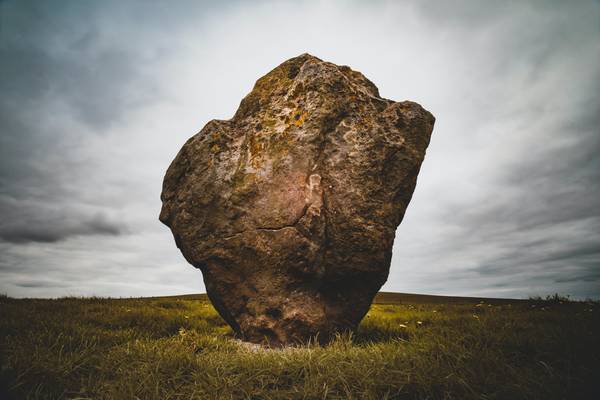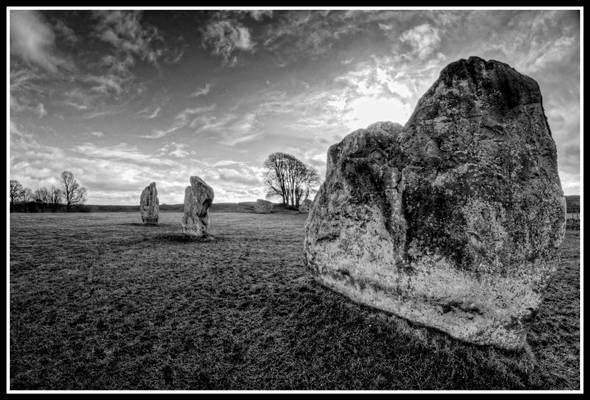
North Wessex Downs AONB

by jim stephenw
Avebury is a Neolithic henge monument containing three stone circles, around the village of Avebury in Wiltshire, in south-west England. One of the best known prehistoric sites in Britain, it contains the largest stone circle in Europe. It is both a tourist attraction and a place of religious importance to contemporary Pagans. Constructed around 2600 BC, during the Neolithic, or 'New Stone Age', the monument comprises a large henge (a bank and a ditch) with a large outer stone circle and two separate smaller stone circles situated inside the centre of the monument. Its original purpose is unknown, although archaeologists believe that it was most likely used for some form of ritual or ceremony. The Avebury monument was a part of a larger prehistoric landscape containing several older monuments nearby, including West Kennet Long Barrow and Silbury Hill. By the Iron Age, the site had been effectively abandoned, with some evidence of human activity on the site during the Roman occupation. During the Early Middle Ages, a village first began to be built around the monument, which eventually extended into it. In the Late Medieval and Early Modern periods, locals destroyed many of the standing stones around the henge, both for religious and practical reasons. The antiquarians John Aubrey and William Stukeley however took an interest in Avebury during the 17th century, and recorded much of the site before its destruction. Archaeological investigation followed in the 20th century, led primarily by Alexander Keiller, who oversaw a project of reconstructing much of the monument. Avebury is owned and managed by the National Trust, a charitable organisation who keep it open to the public. It has been designated a Scheduled Ancient Monument, as well as a World Heritage Site, in the latter capacity being seen as a part of the wider prehistoric landscape of Wiltshire known as Stonehenge, Avebury and Associated Sites.
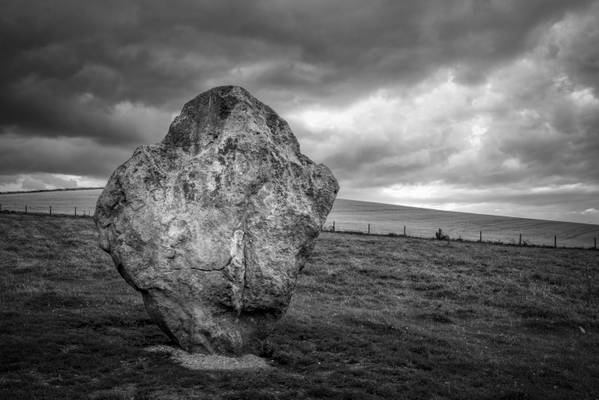
by Alan Taylor
One of the megaliths, or 'standing stones', that forms the West Kennet Avenue that approaches the stone circles at Avebury, Wiltshire.

by Richard Down
Sarsen stones guarding the entrance to the Wayland's Smithy long barrow. The barrow dates from the Neolithic, approximately 3500 years BC and lies alongside the Ridgeway track.
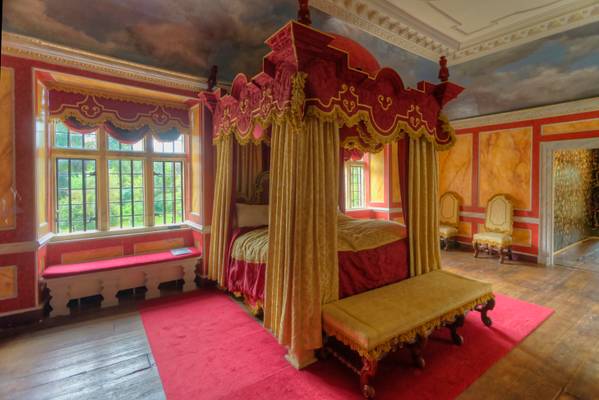
by jim stephenw
Some of the HDR photos taken inside the National Trust owned Avebury Manor. The house was begun in the mid-16th century, sometime between 1555-80. Excavations suggest that there was a much earlier monastery on the same site, dating as far back as 1000 years ago. We know there was a 12th century priory house nearby, owned by the Abbey of St Georges de Boucherville in Normandy. The Hundred Years War spelled the end of French monastic influence in England, and the last monk left in 1379. In 1411 the monastic lands passed to Fotheringhay College, but following the Dissolution of the Monasteries the College traded the estate for lands elsewhere. The crown took control, and granted the Avebury estates to Sir William Sharington of Lacock Abbey. The priory was destroyed, leaving only a small house on the site. A decade later the property was purchased by William Dunch, a wealthy courtier and Auditor for the Royal Mint. Sarsen stone was used for much of the original building, probably scavenged from the stone circle nearby. The house was extended in 1601 by Sir James and Mrs Debora Mervyn, whose initials are carved over the beautifully decorated porch. The Great Hall was remodelled in Georgian style by Richard Holford in 1740. This chamber eventually became the Queen Anne Bedroom. The final changes to the house came in the early years of the 20th century, when Lt-Colonel Leopold and Mrs Nora Jenner added a library and laid out the wonderful gardens, with yew and box topiary and water features. The manor was featured in the BBC television series 'The Manor Reborn', which followed restoration efforts as a team of experts helped return the house to its Tudor splendour. Nine rooms were restored, reflecting Tudor, Georgian, Queen Anne, Edwardian, and early 20th century periods. Visitors are encouraged to sit or lie on the furniture, dress up in period clothes and generally make themselves at home, which makes a refreshing change to the usual "hands off" approach to National Trust properties.
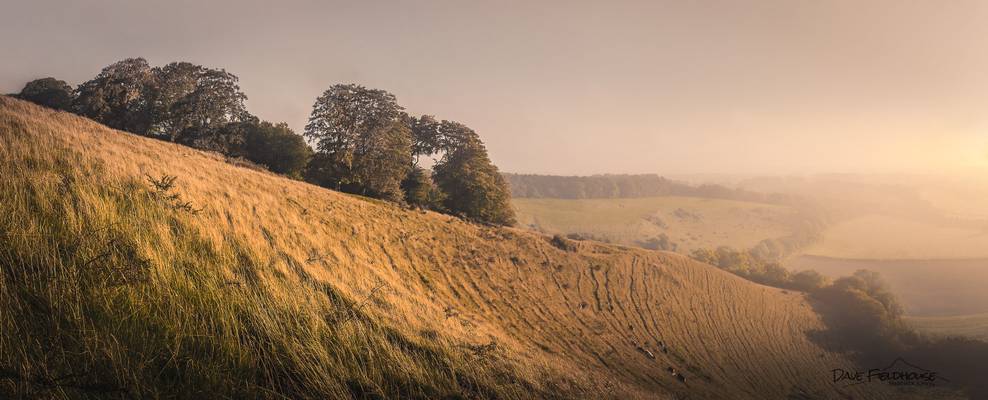
The end of a frustrating morning on Martinsell Hill, in the Vale of Pewsy, when the fog just wouldn't lift or break.
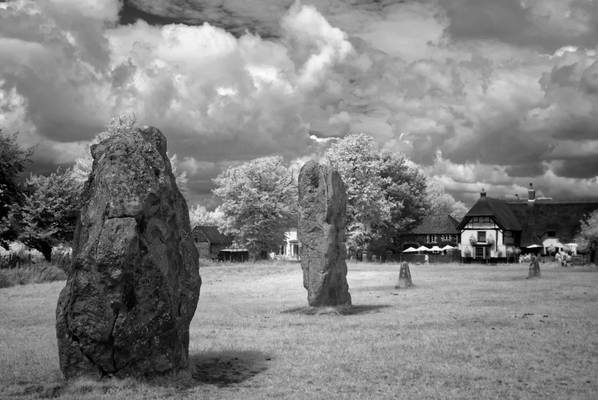
by jim stephenw
A few images created using Sony A100 camera converted for IR.
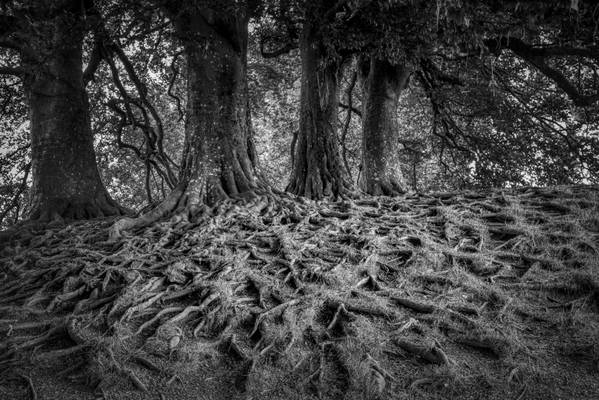
by Alan Taylor
Some very interesting roots in a copse on the outskirts of Avebury.

Made my second trip to here in 3 days, and was treated to a nice display of fog/mist in the valley. The clouds rolled in before sunrise, but it did...
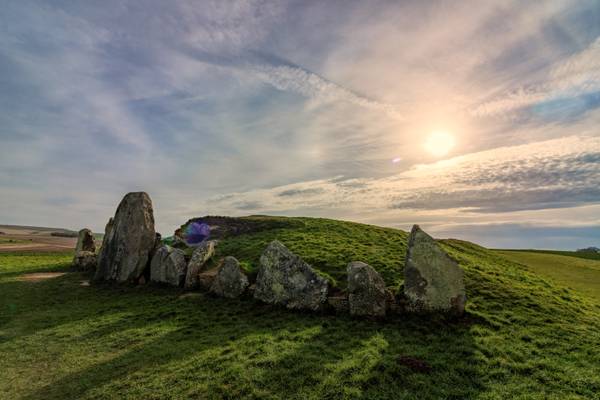
One of the largest, most impressive and accessible Neolithic chambered tombs in Britain. Built in around 3650 BC on a chalk ridge in what is now the...
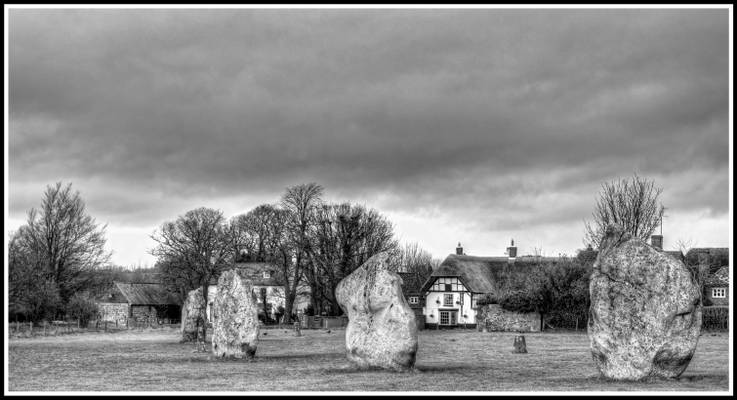
by jim stephenw
Avebury is a Neolithic henge monument containing three stone circles, around the village of Avebury in Wiltshire, in south-west England. One of the best known prehistoric sites in Britain, it contains the largest stone circle in Europe. It is both a tourist attraction and a place of religious importance to contemporary Pagans. Constructed around 2600 BC, during the Neolithic, or 'New Stone Age', the monument comprises a large henge (a bank and a ditch) with a large outer stone circle and two separate smaller stone circles situated inside the centre of the monument. Its original purpose is unknown, although archaeologists believe that it was most likely used for some form of ritual or ceremony. The Avebury monument was a part of a larger prehistoric landscape containing several older monuments nearby, including West Kennet Long Barrow and Silbury Hill. By the Iron Age, the site had been effectively abandoned, with some evidence of human activity on the site during the Roman occupation. During the Early Middle Ages, a village first began to be built around the monument, which eventually extended into it. In the Late Medieval and Early Modern periods, locals destroyed many of the standing stones around the henge, both for religious and practical reasons. The antiquarians John Aubrey and William Stukeley however took an interest in Avebury during the 17th century, and recorded much of the site before its destruction. Archaeological investigation followed in the 20th century, led primarily by Alexander Keiller, who oversaw a project of reconstructing much of the monument. Avebury is owned and managed by the National Trust, a charitable organisation who keep it open to the public. It has been designated a Scheduled Ancient Monument, as well as a World Heritage Site, in the latter capacity being seen as a part of the wider prehistoric landscape of Wiltshire known as Stonehenge, Avebury and Associated Sites.
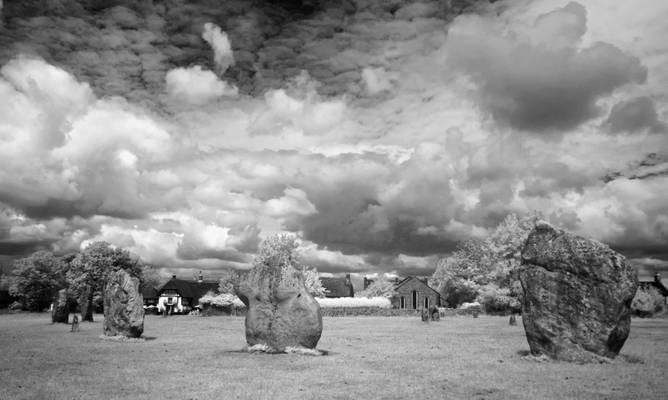
by jim stephenw
A few images created using Sony A100 camera converted for IR.
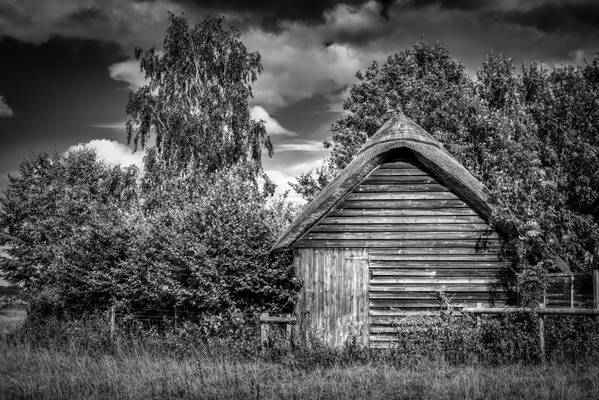
by Alan Taylor
An unusual Thatched Shed, spotted while strolling around the village of Avebury, Wiltshire.
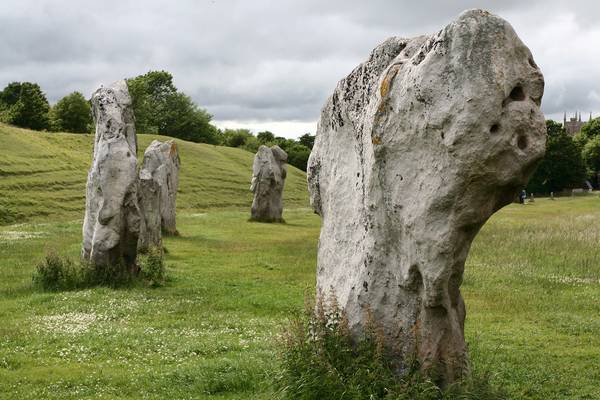
A view of some of the standing stones at Avebury. The one in the foreground looks to me like a huge bones which has been unsuccessfully burried by a...
Thanks to all Phoide contributors to North Wessex Downs AONB!
Most notably jim stephenw, Alan Taylor and Richard Down.
